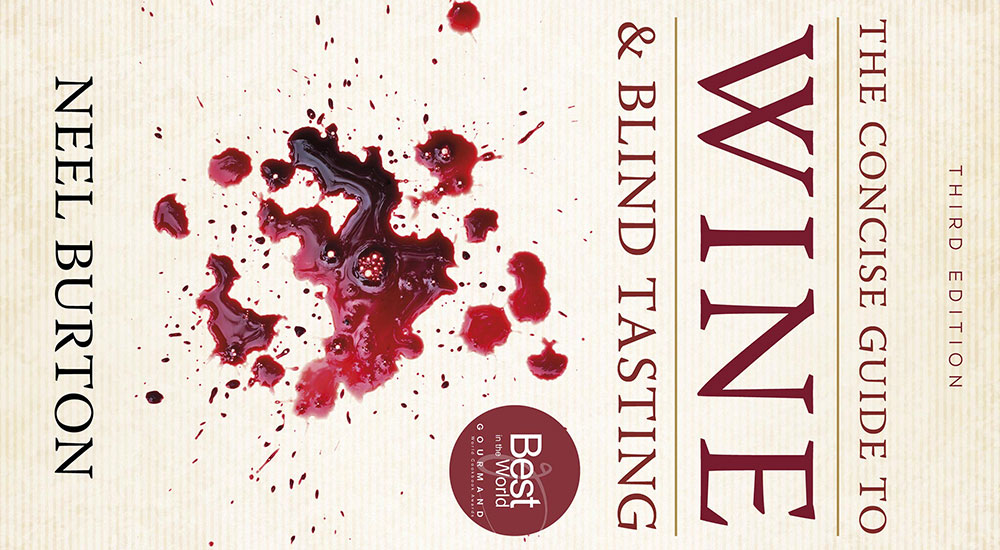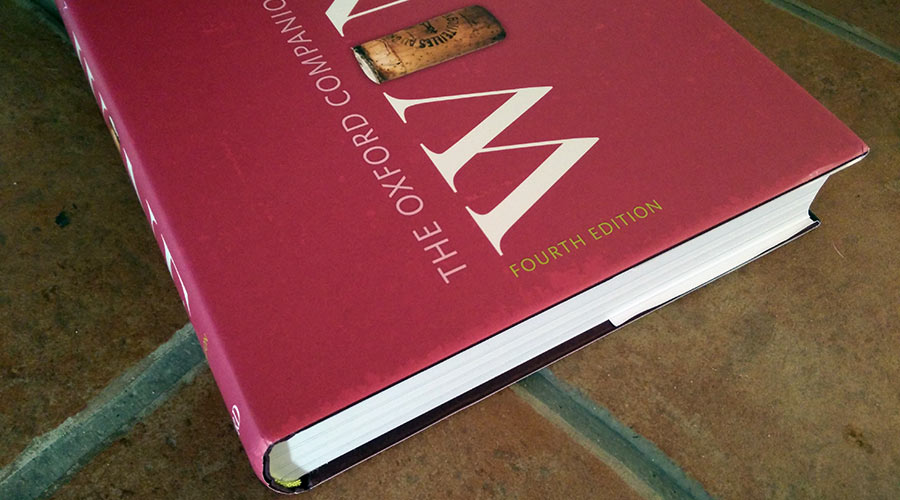There’s not much point in beating around the proverbial bush as, if you want to gain a massive leg up on tasting wines blind, run out now and pick up a copy of Dr. Neel Burton’s “The Concise Guide to Wine and Blind Tasting 2nd Ed.” With that out of the way, let’s talk for a second about blind wine tasting as it’s one of those “magic” things for those who are more accustomed to just drinking the stuff. And of course that’s the trick to it in that if […]

